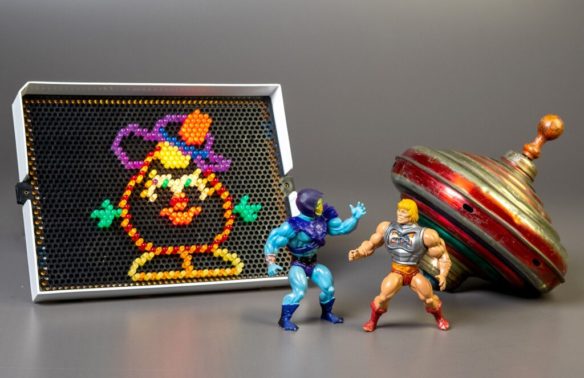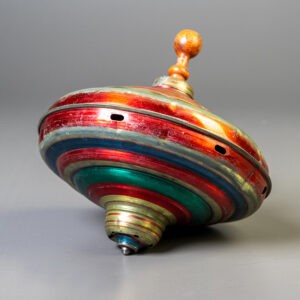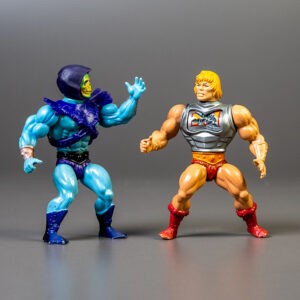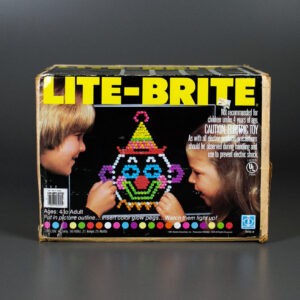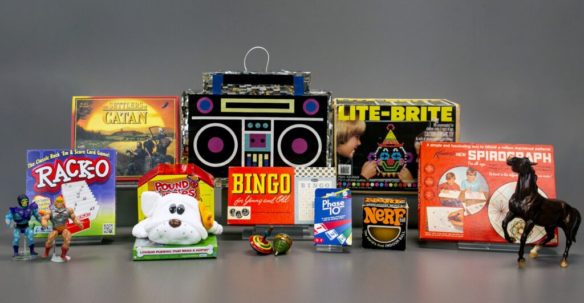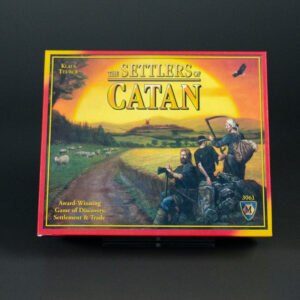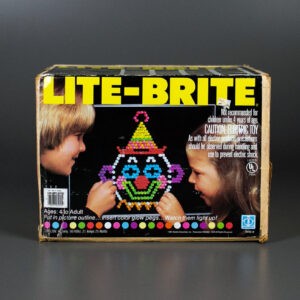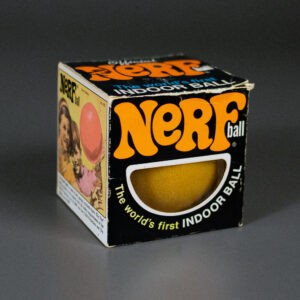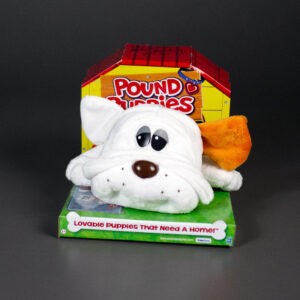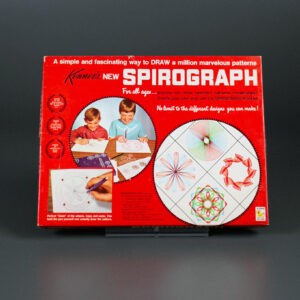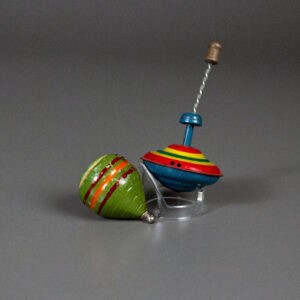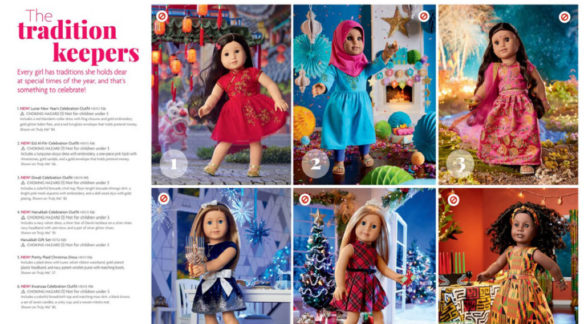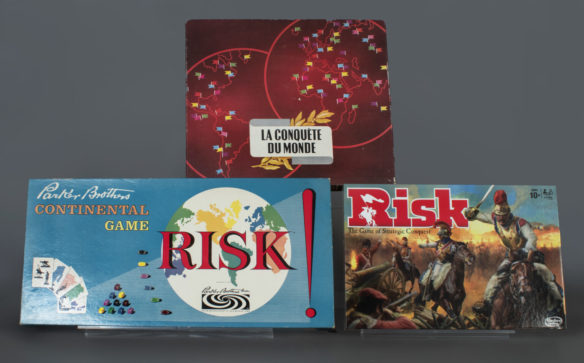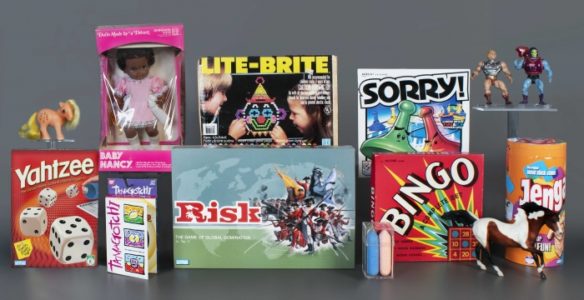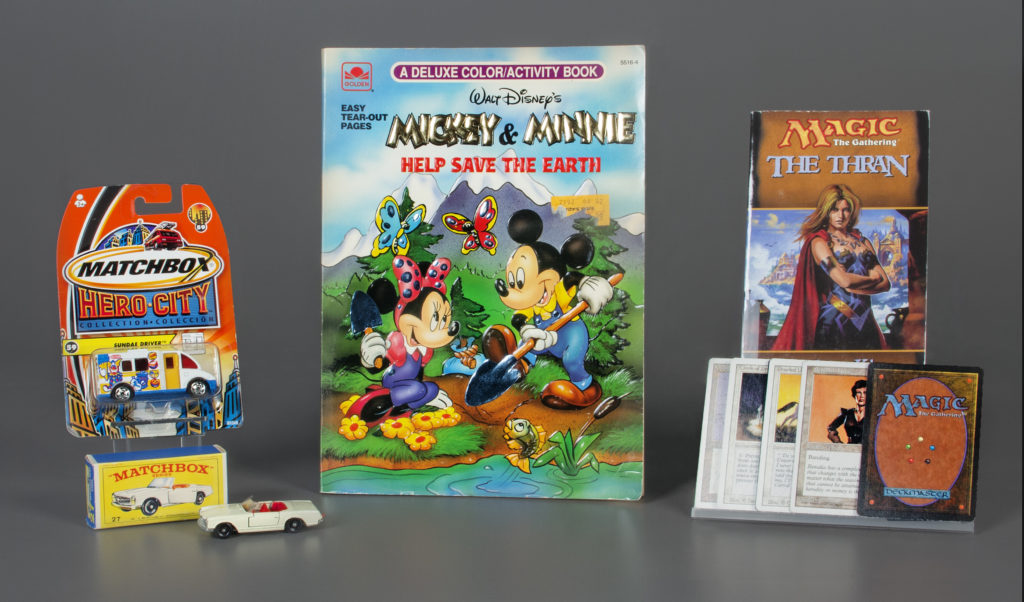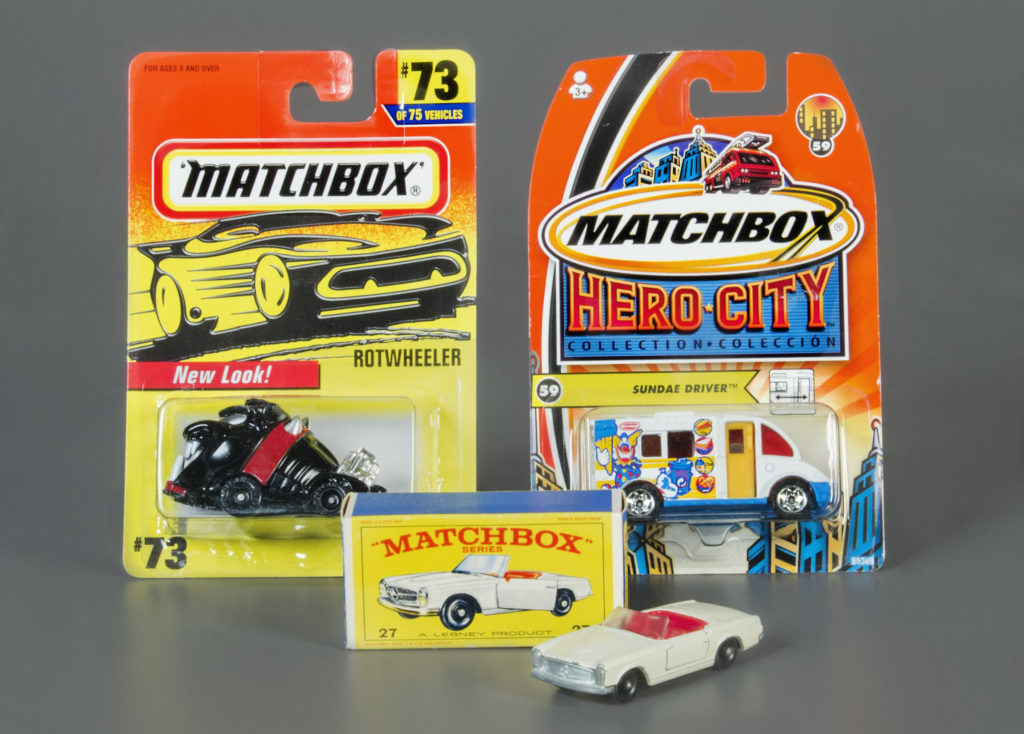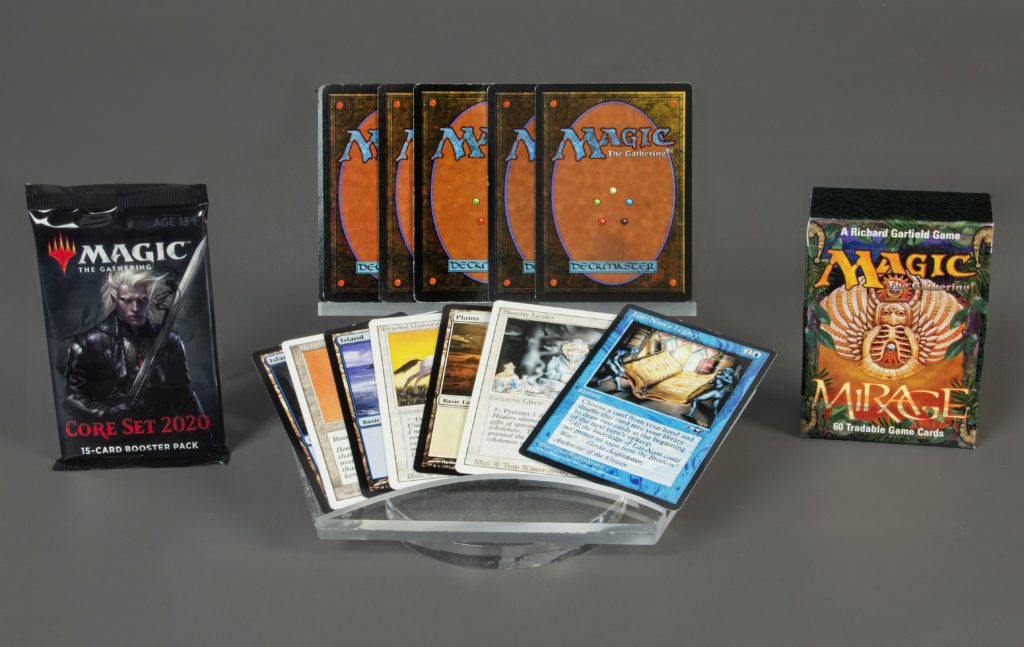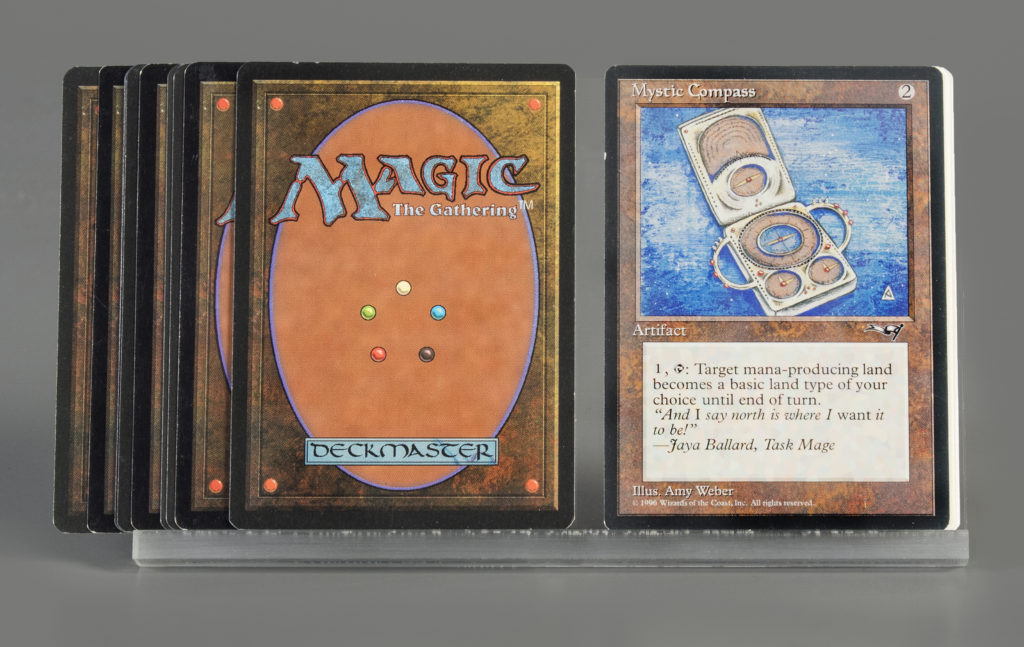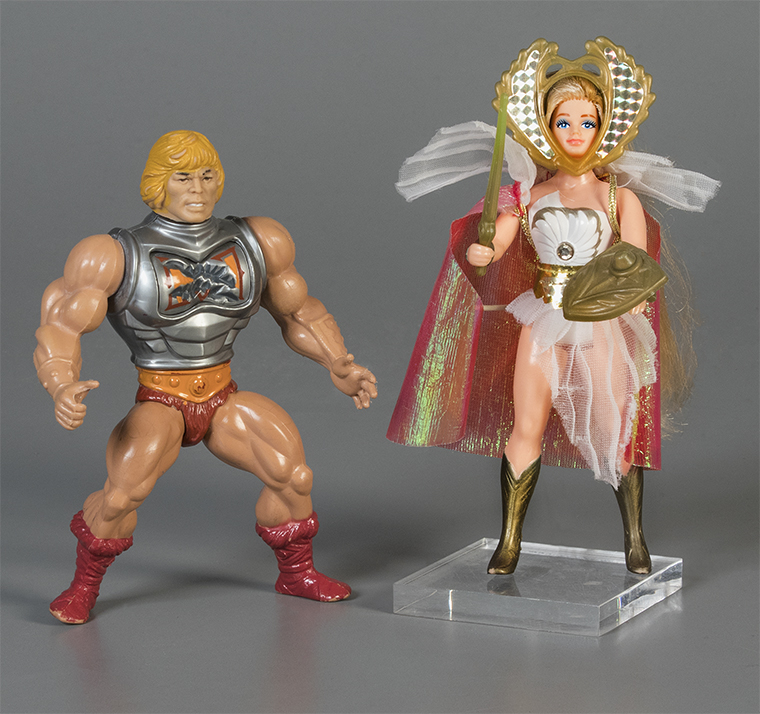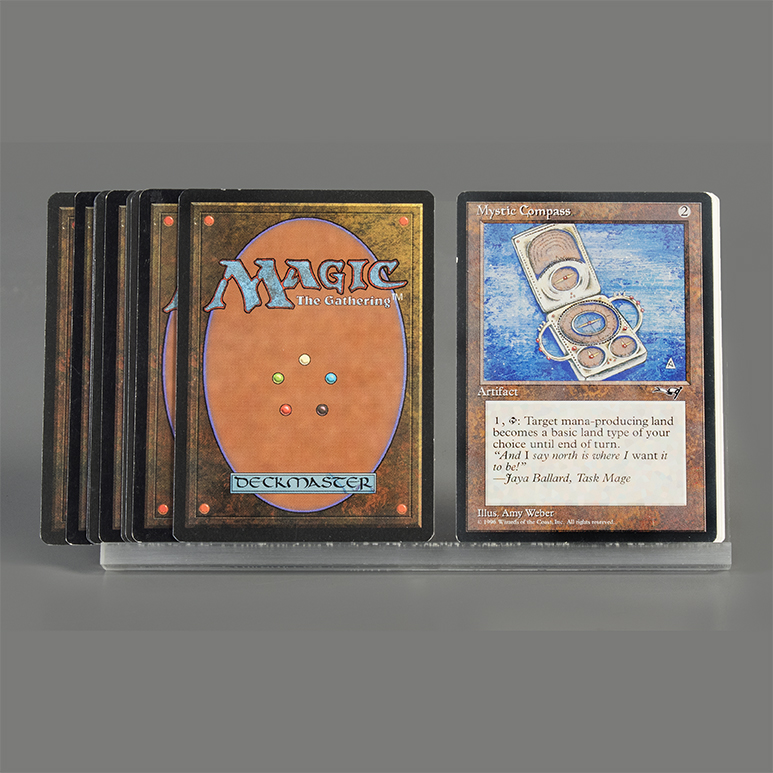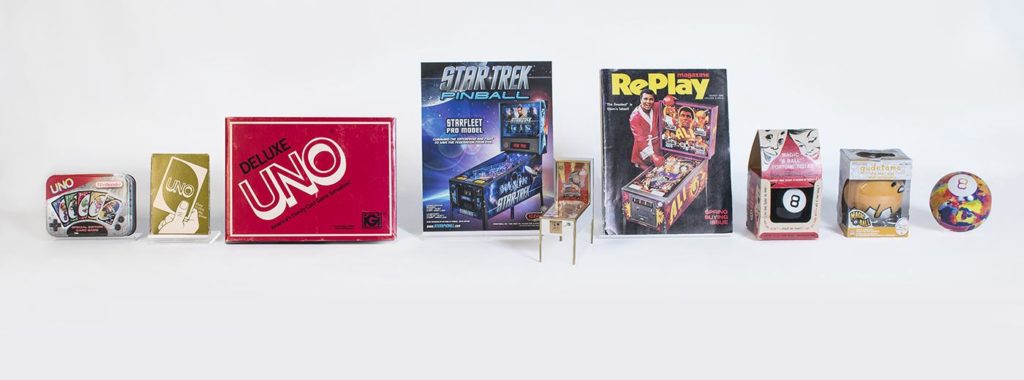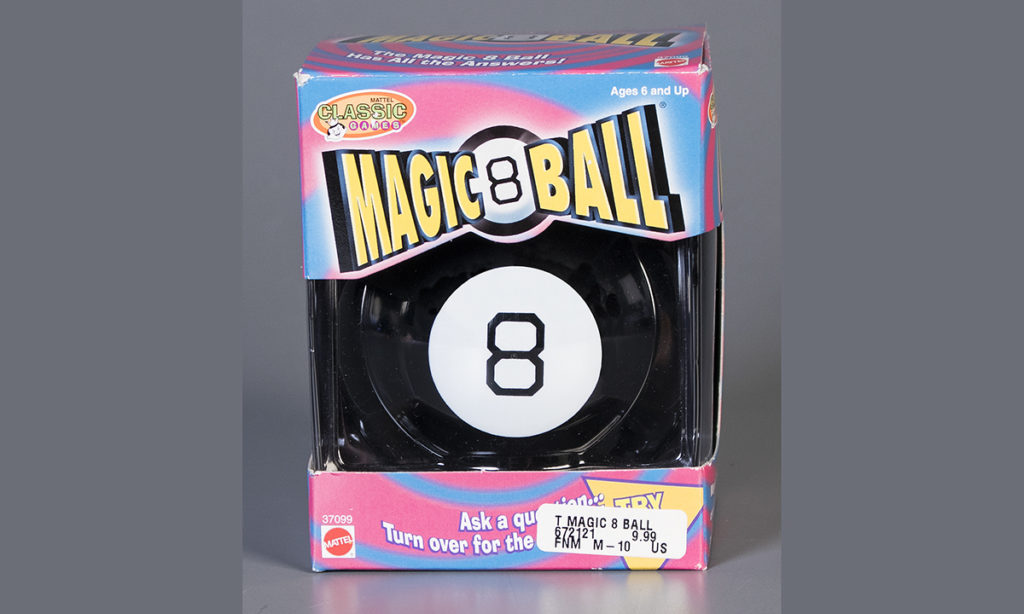The twelve National Toy Hall of Fame 2022 finalists were revealed on September 14. Only three will take their honored places in the hall this year when they are announced by The Strong on Thursday, November 10, at 10:30 a.m.
Bingo
American bingo is descended from a lottery game first played in Italy around 1530. The game came to be known as lotto and was played in France and in Germany as a teaching tool. A marketer copied the 1920s American carnival game beano, changed its name to bingo, and the game has become a staple of adult play and fundraisers for churches and charity organizations. Different versions of Bingo are played world-wide, and it is especially popular in Mexico.
Breyer Horses
In 1951, The Breyer Molding Company introduced Breyer Horses, which realistically captured the spirt and magic of the living creatures. Hand-designed by artists, the unique horses seized the imaginations of children, drew interest from collectors, and became cherished keepsakes for equestrians. The brand continues its popularity today after more than 70 years.
Catan
The Settlers of Catan, now called “Catan,” was first published by Kosmos in Germany in 1995. It’s one of the first German-style board games to find widespread popularity outside of Europe. It is a cooperative game in which players representing settlers establish a settlement on an island by spending resources, which are earned through trade and rolls of the dice. It’s been called the “game of our time” by the Washington Post, is sold in more than 30 languages, and has won multiple international awards in game design.
Lite-Brite
Created in 1966, Lite-Brite uses backlit plastic pegs on a black background for children to create glowing images, either following manufactured designs or creating their own picture. Through the years, Lite-Brite has gradually changed its format and technology but the potential for open-ended creativity has kept Lite-Brite popular for more than 50 years.
Masters of the Universe
The Master of the Universe line of action figures, which includes the iconic He-Man and She-Ra, traces its popularity to maker Mattel’s use of comic books, television, and the big screen. The cartoon series He-Man and the Masters of the Universe, which ran from 1983 to 1985,created a cohesive, fantasy world that allowed Mattel to introduce new characters and new toys to the line. Over the years, Mattel has paired the brand with everything from toothbrushes to sleeping bags.
Nerf Toys
Introduced in the 1960s as a foam ball harmless enough to throw indoors, Nerf toys have evolved into a line of blasters that shoot harmless foam darts for outdoor fun that encourages physical exertion, social interactions, and strategic thinking.
Piñata
As the centerpiece of a party game, a piñata is a paper mâché object filled with small toys, confetti, fruits, candies, or coins and raised high with rope. Both children and adults can play; while blindfolded, players swing a stick and try to break open the piñata and shower guests with the treats inside. Commonly associated with Mexican culture, the object may date back to early 13th-century China. Although there is an inherent impermanence to the piñata as a plaything, it has been and continues to be used in religious and secular celebrations all over the world.
Phase 10
In 1982, Black game inventor and entrepreneur Ken Johnson introduced Phase 10. The rummy-style card game challenged players to collect various groups of cards to complete 10 phases, in sequential order, before their opponents. The game took off, spawning sequels, variations, and a popular mobile app game. Today, it is one of the bestselling card games in the world, second only to National Toy Hall of Fame inductee Uno.
Pound Puppies
Pound Puppies hit the marketplace in 1984. Parents were thrilled to appease their kids’ need to nurture a puppy without the responsibilities of a real dog. Kids were equally pleased and doted on their pets. By 1985, Tonka brought Pound Puppies to the United States. They sold out across the country in short order, and that year alone more than 2.5 million puppies were adopted. As with many toys from the 1980s, an animated series further reinforced the commercial power of Pound Puppies. A contemporary line of Pound Puppies was released in 2014.
Rack-O
The Milton Bradley Company introduced the card game Rack-O in 1956. Rack-O falls under the card game category known as pattern building. Specifically, players replace numbered cards in their racks during each round so their card numbers read in a progression from lowest to highest. The game teaches the order of numbers and is one of the few card games that can be easily enjoyed by both younger and older people, making it a great example of a family game.
Spirograph
For more than 50 years, Spirograph has combined play, art, math, and education to create unique patterns and drawings. Spirograph was first conceived as a plaything where “gears” helped guide special pens in geometric patterns, but it proved to be much more. Educators found in the set a tool for improving hand-eye coordination and for developing creativity, design, and spatial thinking and planning. Either way, it found the winning formula for fun.
Top
Since ancient times, the spinning top has been a childhood staple of cultures in Asia, Europe, the Americas, and Australia. The toy form has entertained adults too. Ancient Greek pottery shows women playing with tops more than 2,000 years ago. Special eight-sided tops called teetotums supply the element of chance in board games and similar pastimes. Modern kids play with this classic toy still, calculating the placement, centrifugal force, and velocity needed to execute the longest spin or to capture their competitors’ prized tops.
[Based on a press release.]
